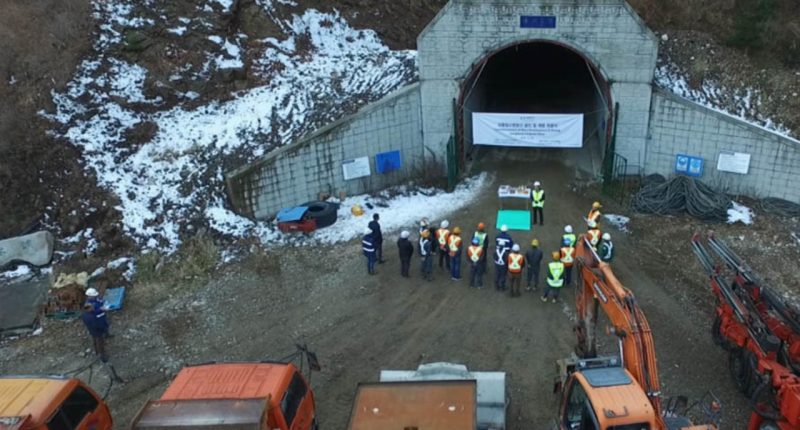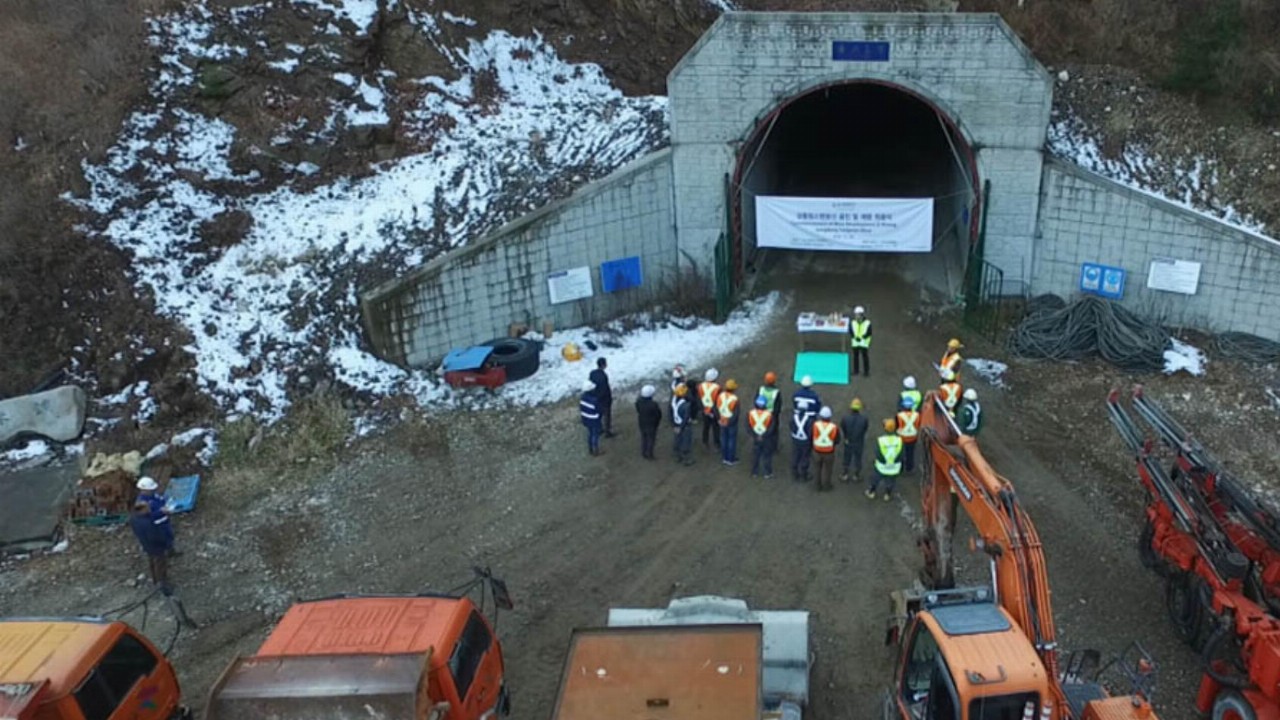- Prized for its density, high melting point and resistance to corrosion, tungsten is used in a great variety of products
- China dominates supply, having producing 69,900 metric tons in 2020 and with 1.9 million metric tons in reserves
- Almonty Industries (AII) could offer an alternative supply, with a number of promising projects in key tungsten-producing regions
- The Sangdong Mine in South Korea, owned wholly by Almonty, had previously been a tungsten powerhouse and is in the process of a revival
- Almonty also owns the Los Santos Mine and the Valtreixel project in Spain, and the Panasqueira Mine in Portugal
From lubricants to paints, bullets to missiles and electric furnaces to spacecraft, tungsten — or wolfram – is used in myriad products.
A uniquely 21st Century metal, tungsten is prized for its high melting point (around 3422C), its resistance to corrosion and its extreme density.
It’s also known for its impressive tensile strength, with only diamonds harder than some tungsten alloys.
Tungsten entered the commercial scene roughly 350 years ago when Chinese porcelain makers used a tungsten pigment to develop a peach-like colour.
However, the Spanish chemists Juan and Fausto Elhuyar are credited with tungsten’s official discovery in 1783, after isolating it from wolframite and reducing it to its metallic form by heating it with carbon.
Today, Almonty Industries affirm the tungsten remains very much a China concentrated industry.
The country has roughly 1.9 million metric tons in reserves, while Russia and Vietnam come in at second and third with just 400,000 and 95,000 tons, respectively.
China is also by far the world’s largest producer, pumping out 69,900 metric tons in 2020, compared to Vietnam’s 4300 tons and Russia’s 2200 tons.
Amid trade tensions between China and some western countries, including the US and Australia, as well as the growing importance of tungsten in global manufacturing, there have been calls for alternative sources of supply.
Almonty Industries believes a potential solution lies with former US Senator Alfonse D’Amato’s son, Daniel, who co-founded the dual TSX- and ASX-listed company in 2005 with Lewis Black, who now acts as President and Chief Executive Officer.
“Over the years, China has come to — in some cases — represent well over 80 per cent of the world’s production of tungsten,” former US Senator Alfonse D’Amato said in an interview with The Korea Times.
Headquartered in Toronto, Almonty specialises in “acquiring distressed and underperforming operations and assets in tungsten markets”, according to its website.
“These then benefit from the company’s in-house operational experience and unrivalled expertise in the tungsten market.”
Almonty owns a number of assets in key tungsten-producing regions: the Los Santos Mine and the Valtreixel project in Spain, the Panasqueira Mine in Portugal, and the Almonty Korea Tungsten (AKT) and Almonty Korea Moly (AKM) deposits in South Korea.
Geographically speaking, such a portfolio is likely to pique the interest of astute investors.
After all, South Korea, Spain and Portugal — as well as Bolivia, Great Britain, Russia, and the US states of California and Colorado — are considered the most promising regions for tungsten production.
But it’s the AKT deposit — or Sangdong Mine — that Almonty claims “is becoming a hot topic for resource experts, miners, investors, shareholders and other interested parties around the globe”.
Through its wholly-owned subsidiary, Woulfe Mining Corp, Almonty owns a 100 per cent stake in the mine, located 187 kilometres southeast of Seoul.
Originally discovered in 1916, Sangdong became a post-Korean War economic powerhouse, accounting for more than 50 per cent of South Korea’s export revenue.
However in the 1990s Sangdong, along with almost all other metallic mines in the country, closed down due to the two-pronged impact of low commodity prices and the rapidly growing domestic manufacturing sector replacing mining as an economic activity in the country.
Now mining contributes less than 0.5 per cent of South Korea’s GDP, partly due to the belief that past-producing mines in the country have been fully exploited.
Almonty, however, has a different approach and made the decision to acquire the rights to the project in 2006. The company believes Sangdong could make a significant comeback and estimates potential future production to be up to 50 per cent of global supply, excluding China’s output.
Sangdong, Mr Black told The Market Herald, is both on budget and on schedule.
As of last week, 17.5 per cent of the targeted 3748 metres of underground development has been completed and the site’s batch plant continues to impress with a rebound rate around six per cent — and sometimes reaching even as low as three per cent.
“Over US$8 million has now been spent on site against project cost,” Mr Black said.
“The lock cycle tests have all been successfully completed by (Finnish mining services provider) Metso Outotec and they now move forward with the engineering study for the plant.
“The second deposit contribution will be made in October for the mills and their delivery is still on track for January 2022.”
While Sangdong progresses, Almonty is also working to bring its wholly-owned, 125-year-old Panasqueira Mine into the modern world.
The project recently saw the completion of a second tailings dam, which will allow Panasqueira to process and store tailings for another six years at a rate of 800,000 tons per year.
The dam is also designed to accommodate a number of expansion phases, which will ultimately lead to 20 years’ of additional capacity.
In line with Europe’s strict environmental policies, Panasqueira now derives 28 per cent of its energy consumption from Almonty’s onsite solar installation.
“This will continue to increase as further solar and wind power is brought online. Ultimately the company is aiming for 80 per cent of its energy usage,” Mr Black continued. “Production is now being increased as tungsten prices continue to strengthen past a two-year high.”
But having a promising set of assets is just one factor, prompting the question as to how the company might navigate future threats to resource security.
“We have contracts ready with some of the largest companies in the world,” former Senator Alfonse D’Amato told The Korea Times.
He proceeded to explain that these contracts “go into the future over the next 15 years” and may help to cushion Almonty from soured international trading relationships that could directly impact demand.
Admittedly, some of these effects come with operating in capital markets; things can change and prices go up and down, but only time will tell if Almonty can make these elements work in its favour.








